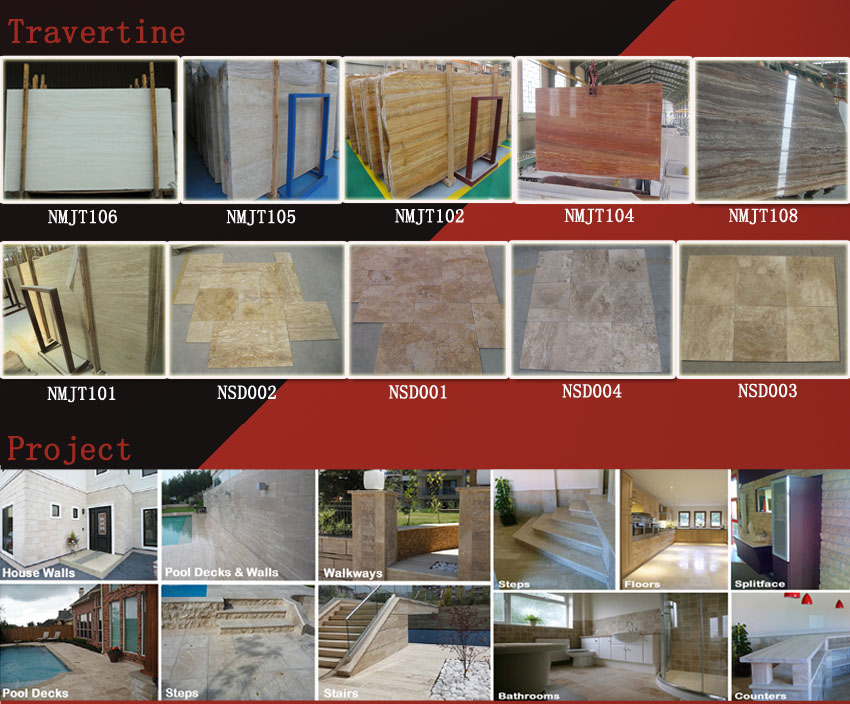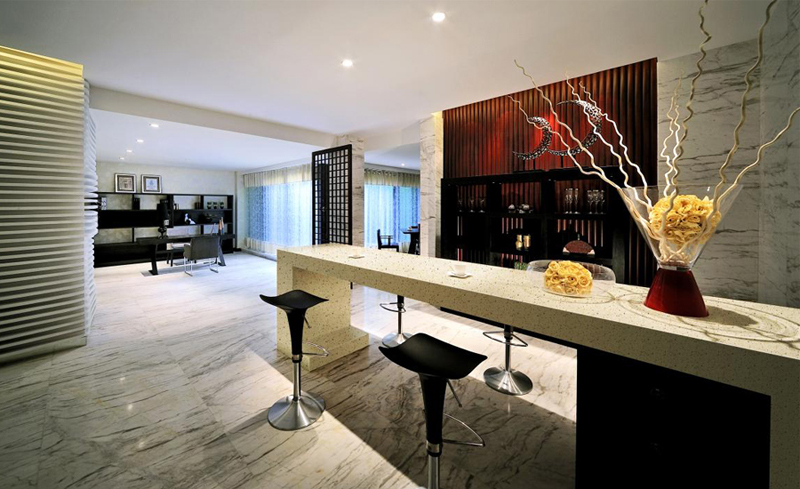Marble is a “relative” of limestone, having been derived from that particular stone, and having undergone further development while deep in the earth over the course of millions of years. Marble is a metamorphic rock , having been subject to tremendous heat and pressure to the point where various fossilized materials, along with the original limestone and sundry minerals, have become re-crystallized. This process changes the rock from limestone to what we would recognize as marble. This naturally decorative material is characterized by vein-like patterns which vary depending on which minerals, and which quantities of those minerals, were present during the re-crystallization of the original limestone parent rock. These patterns offer the unique appearance known to many, as well as the rich range of colors that are some of the most vibrant available in any natural stone.Available in a wide range of colors, marble is often used for its beauty, but is more porous, softer, and chemically sensitive than granite. Marble surfaces show wear sooner than granite, but can be restored with honing and polishing more easily. Etched by acids including soft drinks and juice. Absorbs oils and other liquids and is easily stained. So putting marble in a kitchen or heavily used bathroom is not a good idea. Best use of marble is for powder baths, table tops, tub surrounds, a marble shower, floor tile and stone fireplace surrounds.Composed of Calcite and Calcium Carbonate. Should be sealed with a penetrating sealer to prevent staining and reduce soiling. Should only be cleaned with neutral pH detergents. Because it is soft, it should never be cleaned at pressures above 800 PSI and then only if the grout is in good condition.Note that almost all Green Marble is actually Serpentine, not Marble. Black Granite is generally Basalt and is charged a higher import duty.
...

 English
English





